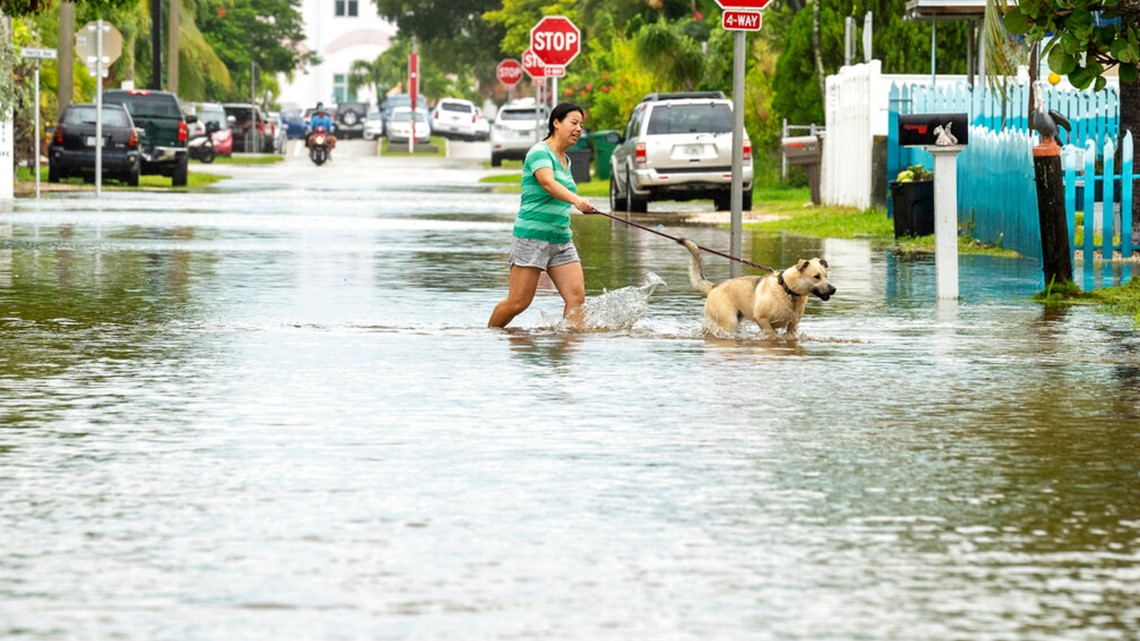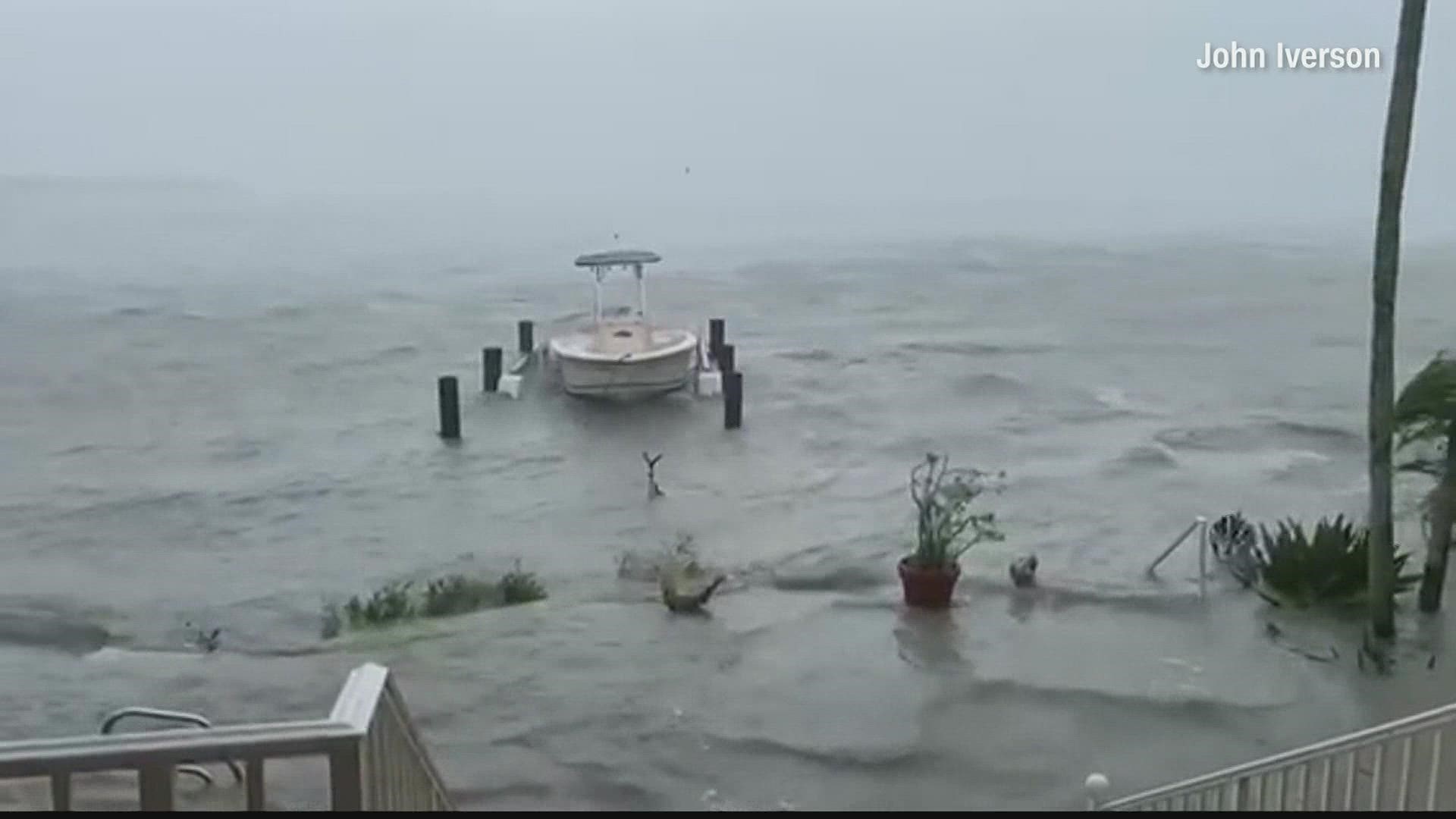WASHINGTON — Hurricane Ian, which smashed into Florida as one of the strongest hurricanes ever to hit the U.S., left a trail of destruction and severe flooding in areas on both the state's coasts and threatens more storm surge in Georgia and the Carolinas over the coming days.
“We’ve never seen storm surge of this magnitude,” Florida Gov. Ron DeSantis said Thursday. “The amount of water that’s been rising, and will likely continue to rise today even as the storm is passing, is basically a 500-year flooding event.”
During a strong storm like a hurricane, water can rise quickly and the speed at which water is flowing can quickly change. Floodwaters can be extremely dangerous and put you at risk of injuries, diseases and exposure to hazardous materials.
Experts caution that you should never walk through floodwaters. Here's why.
Water can sweep you away in seconds
According to the National Weather Service, it only takes 6 inches of moving water to knock you off your feet.
Floodwater can pose a drowning risk for everyone, regardless of ability to swim, and small children are at risk even in shallow standing water.
Dangerous objects
Water could be deeper than it appears, and hazardous objects could be hidden from view.
Sharp objects, electrical wires, chemicals, dead animals and other dangerous items may not be visible beneath the surface.
Contamination
It's also possible the floodwaters are contaminated with things that could harm your health. Per the CDC, floodwater can contain human and livestock waste, household, medical and industrial hazardous waste, and other contaminants that could lead to illness.
According to the CDC, exposure to contaminated floodwater can cause:
- Wound infections
- Skin rash
- Gastrointestinal illness
- Tetanus
- Leptospirosis (not common)


Turn around, don't drown
You should also never drive in flooded areas. It's often impossible to judge how deep the water on the roadway is until it's too late.
While you might think your vehicle is too heavy to be affected, just 12 inches of water can float a car or small SUV in seconds; 18 inches of water can carry away large vehicles, according to the NWS.
If your car stalls in water, if necessary, the American Safety Council recommends you abandon the vehicle and get to higher ground if you can safely do so. Do not attempt to move a vehicle stalled in floodwater.

